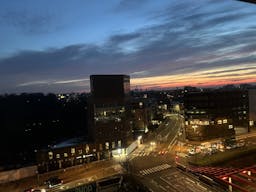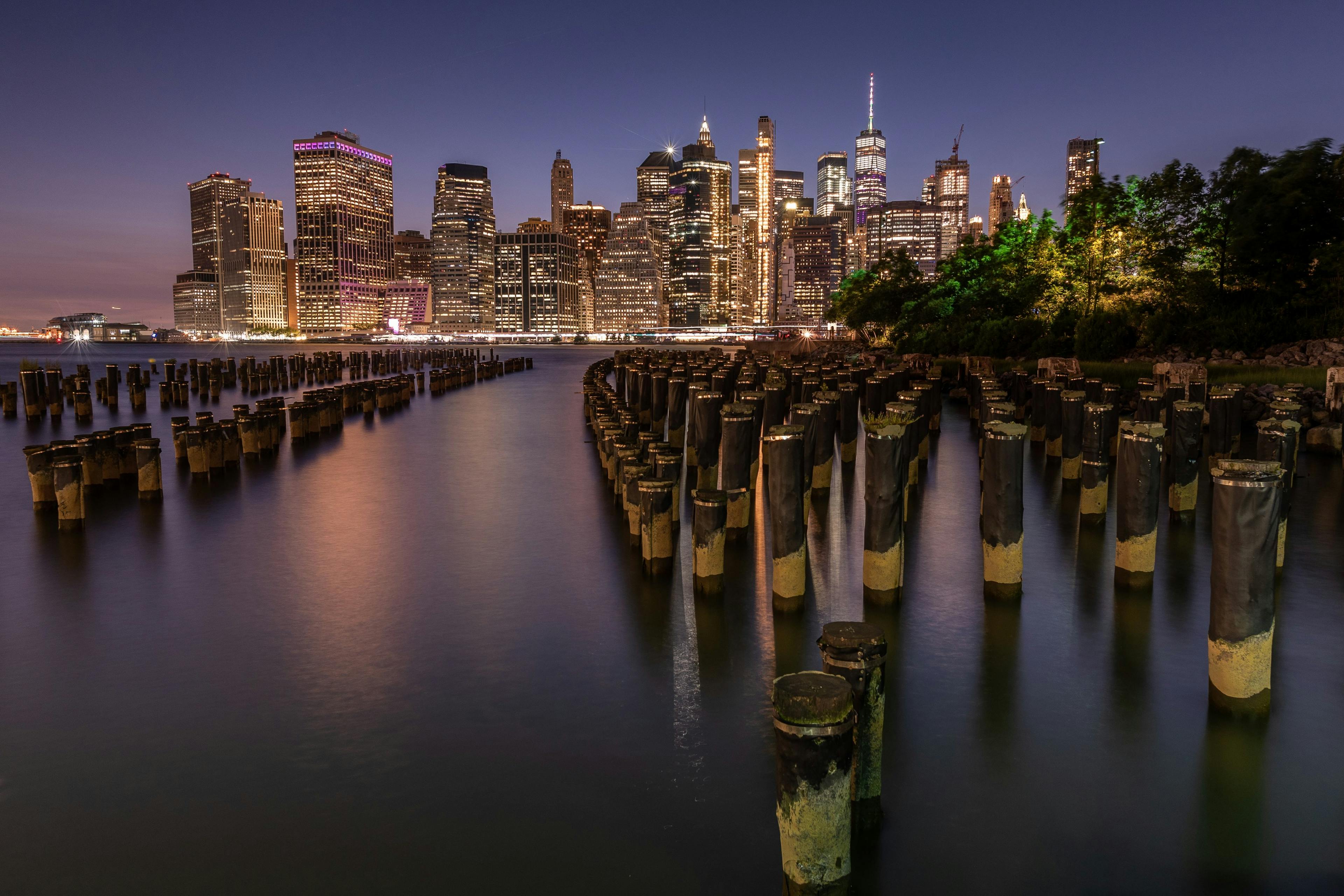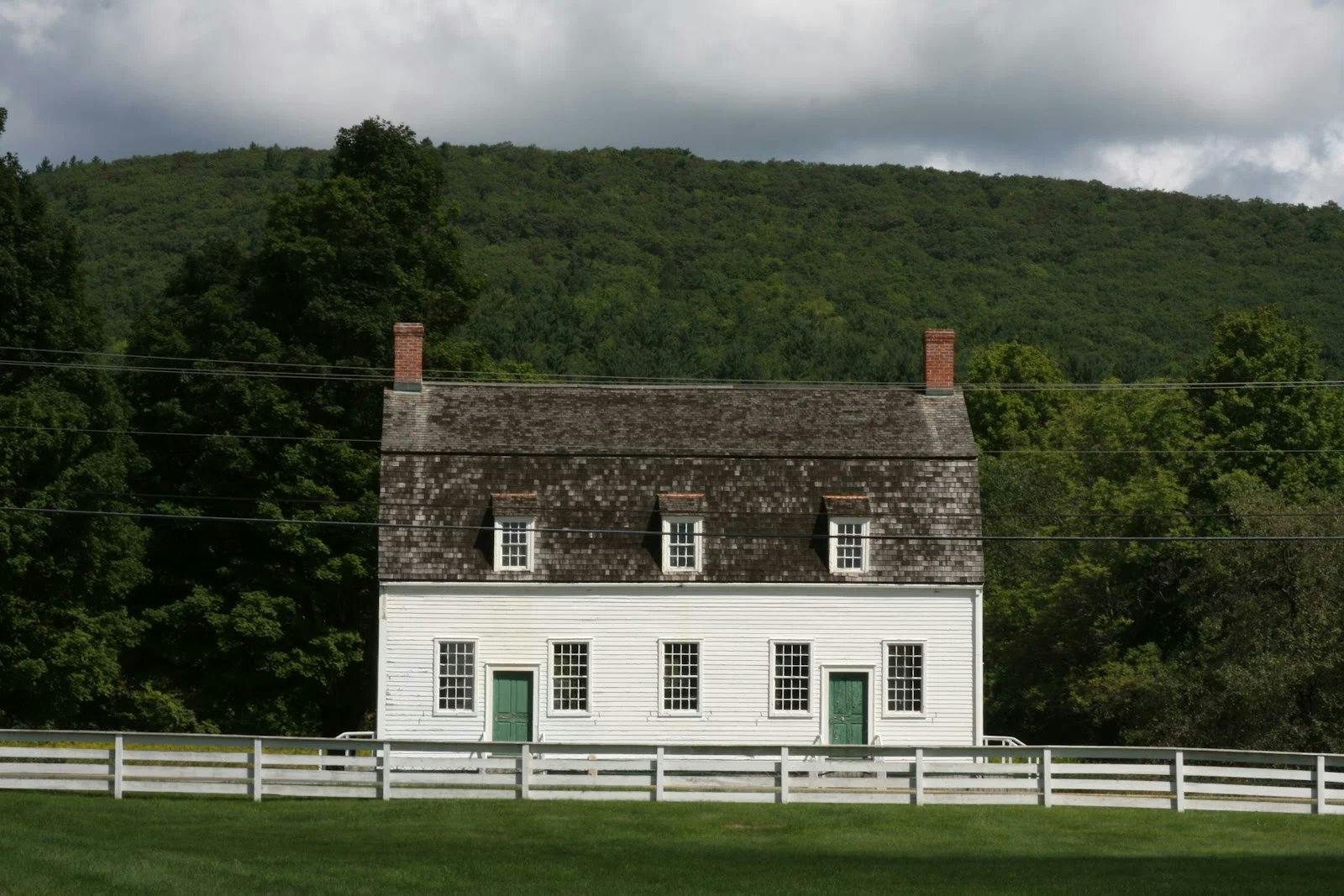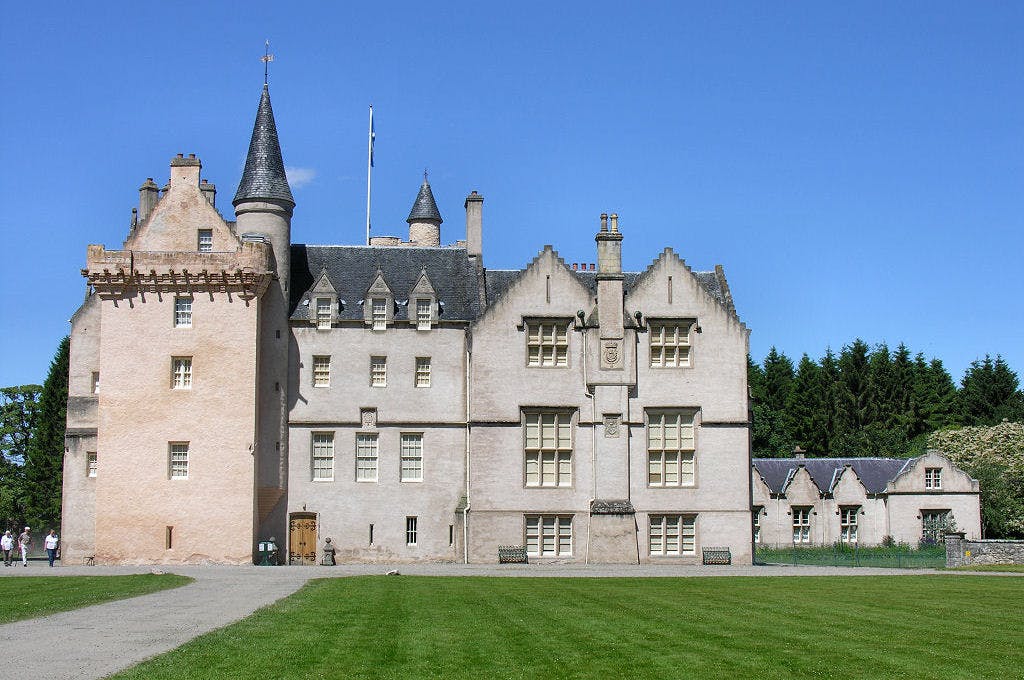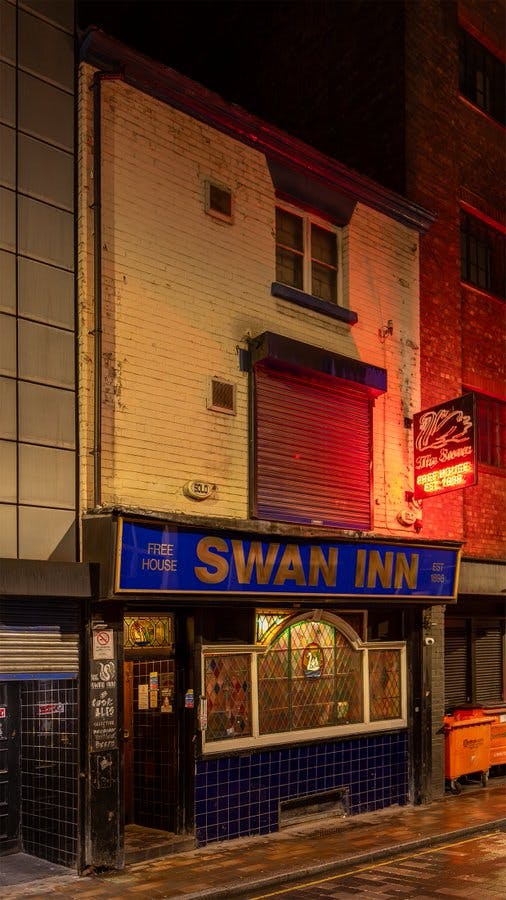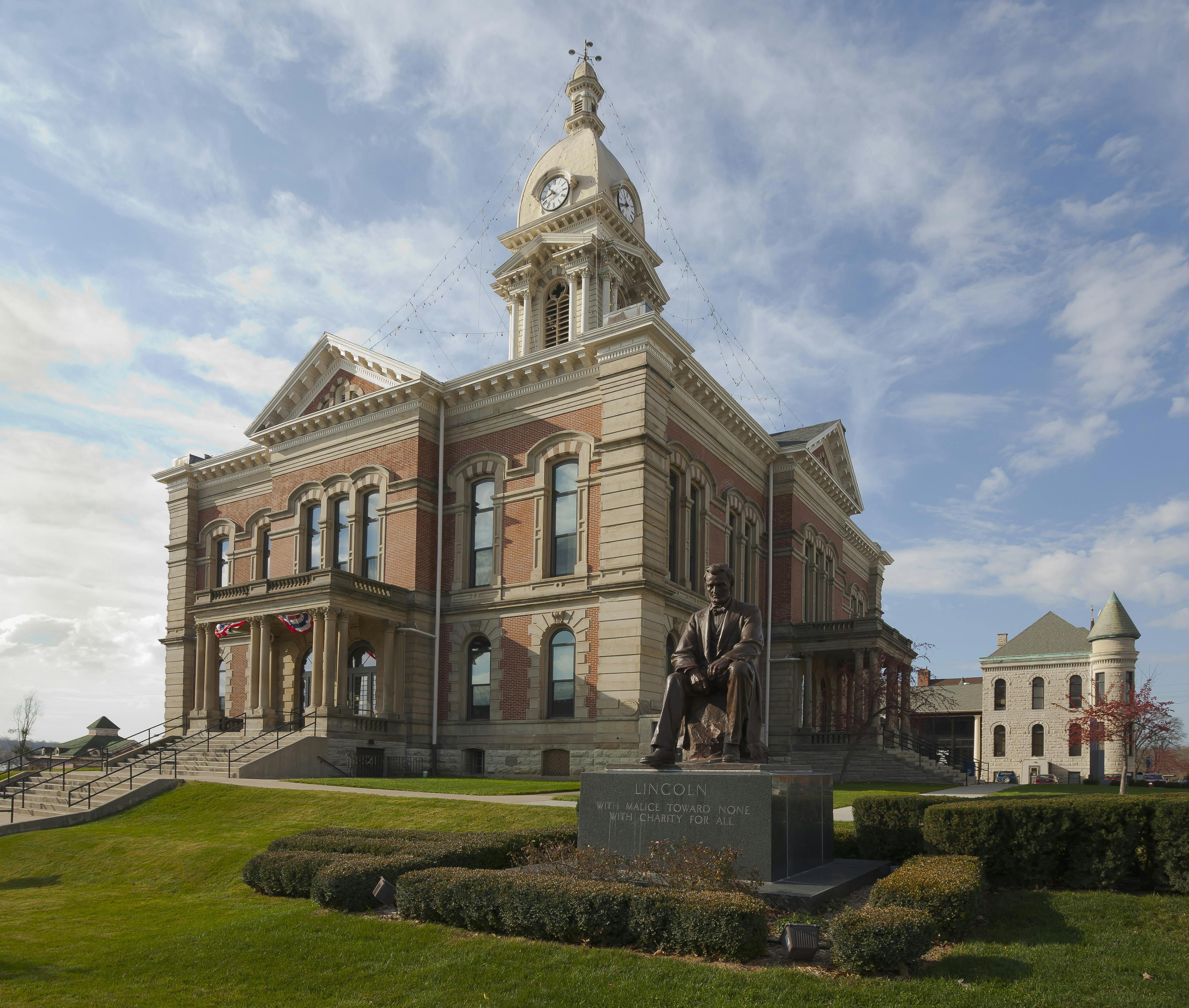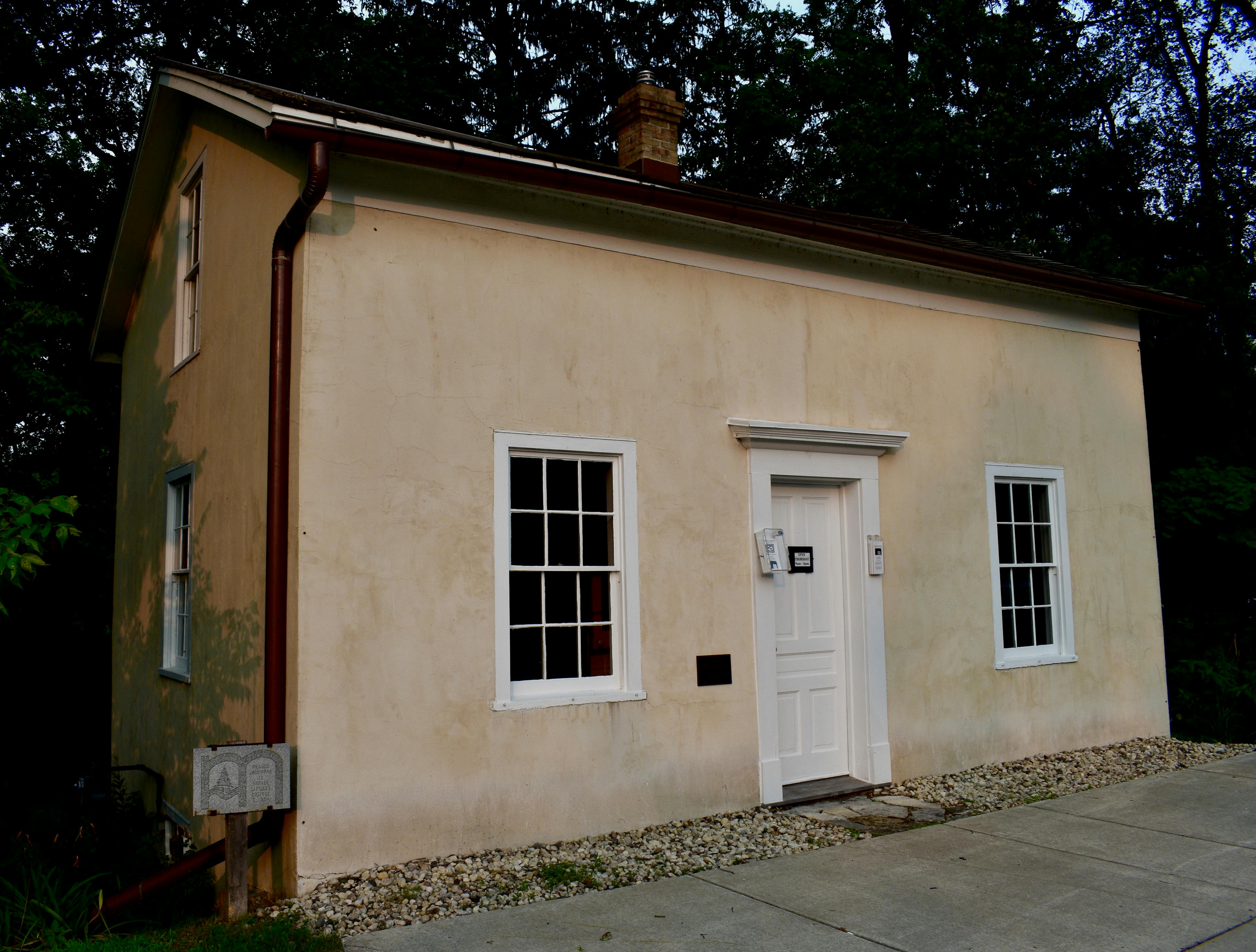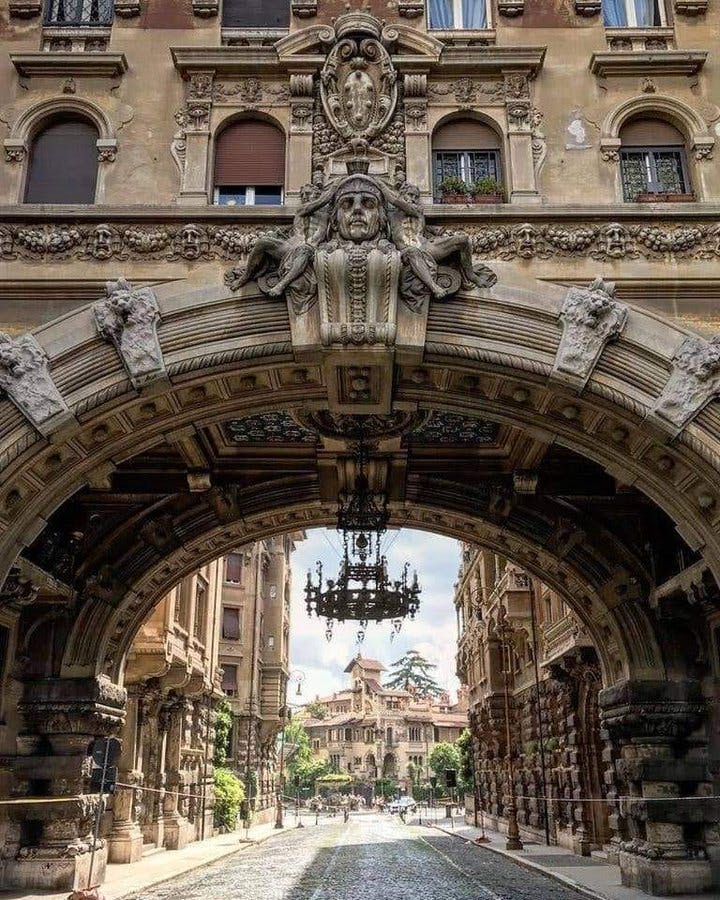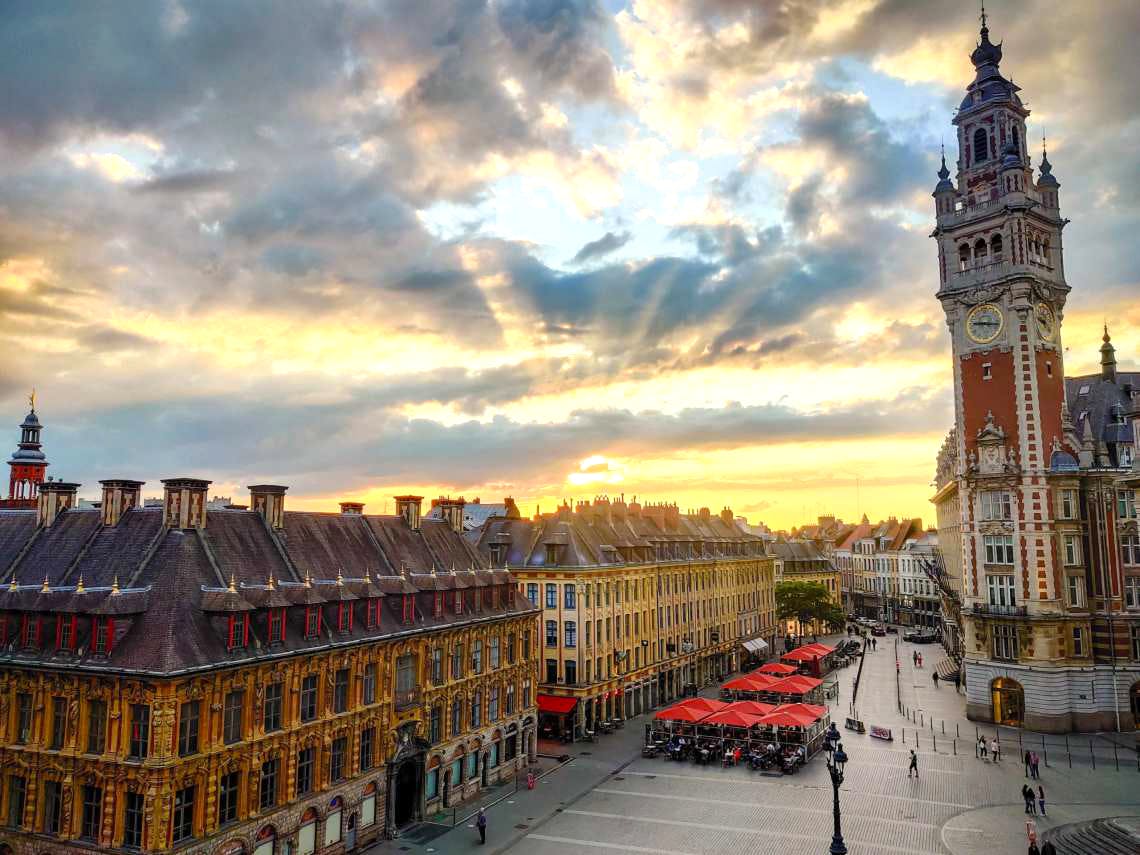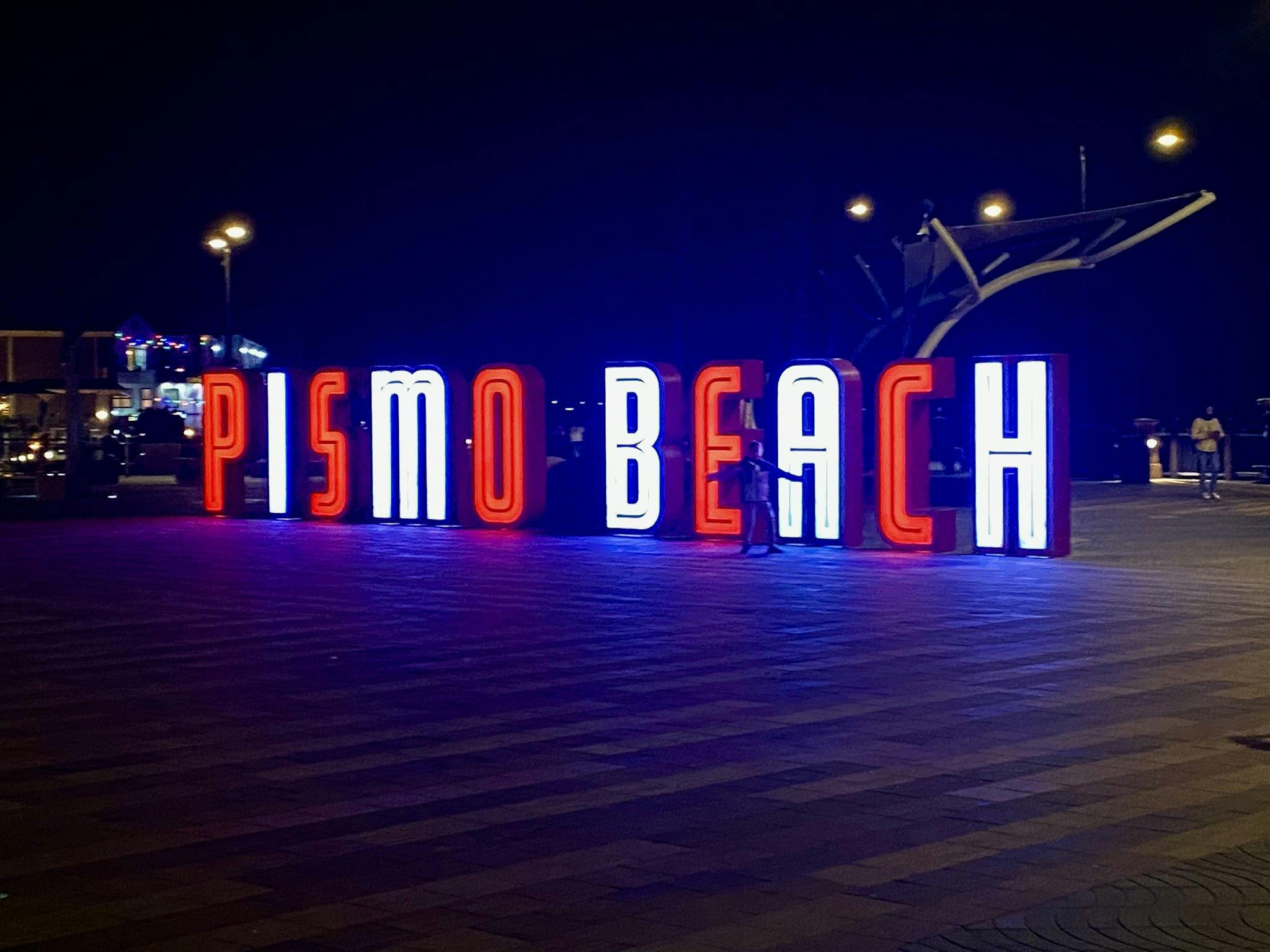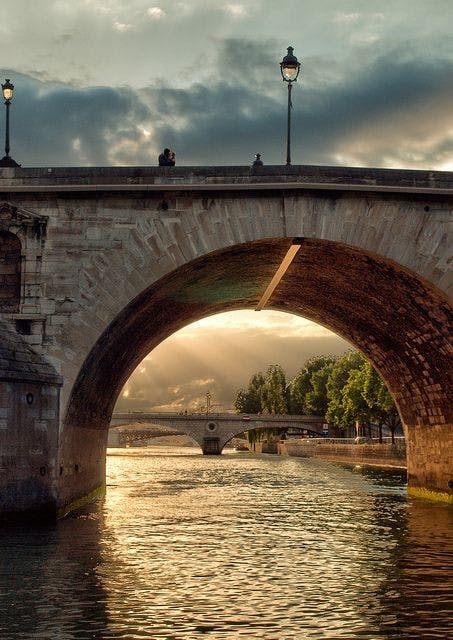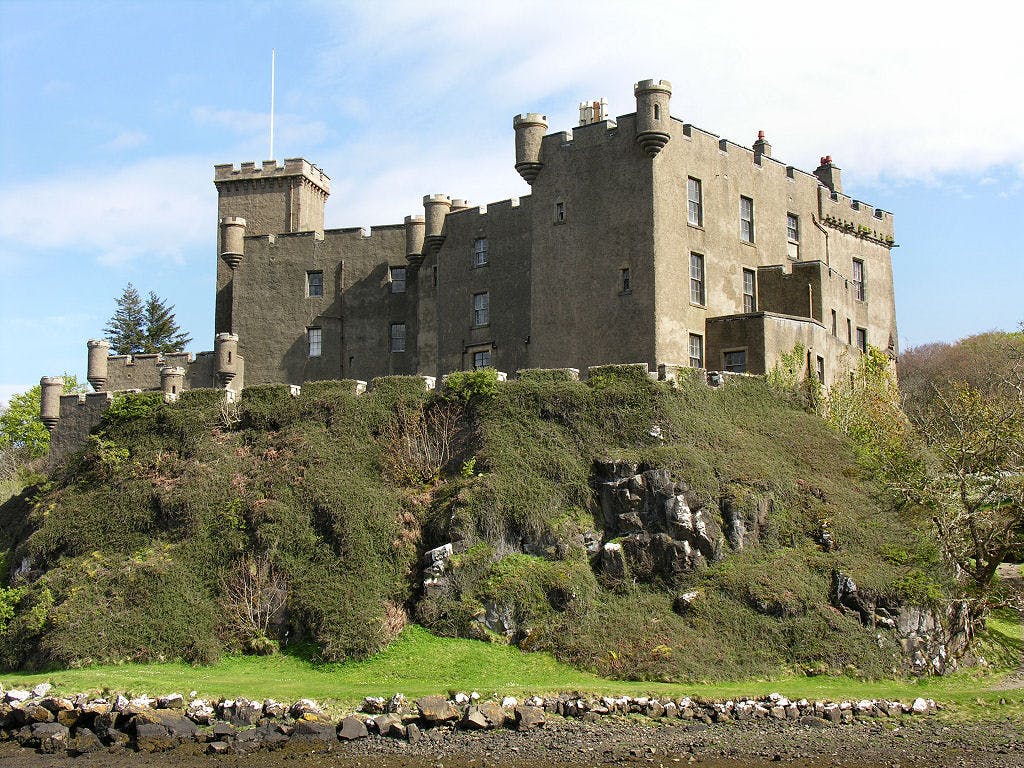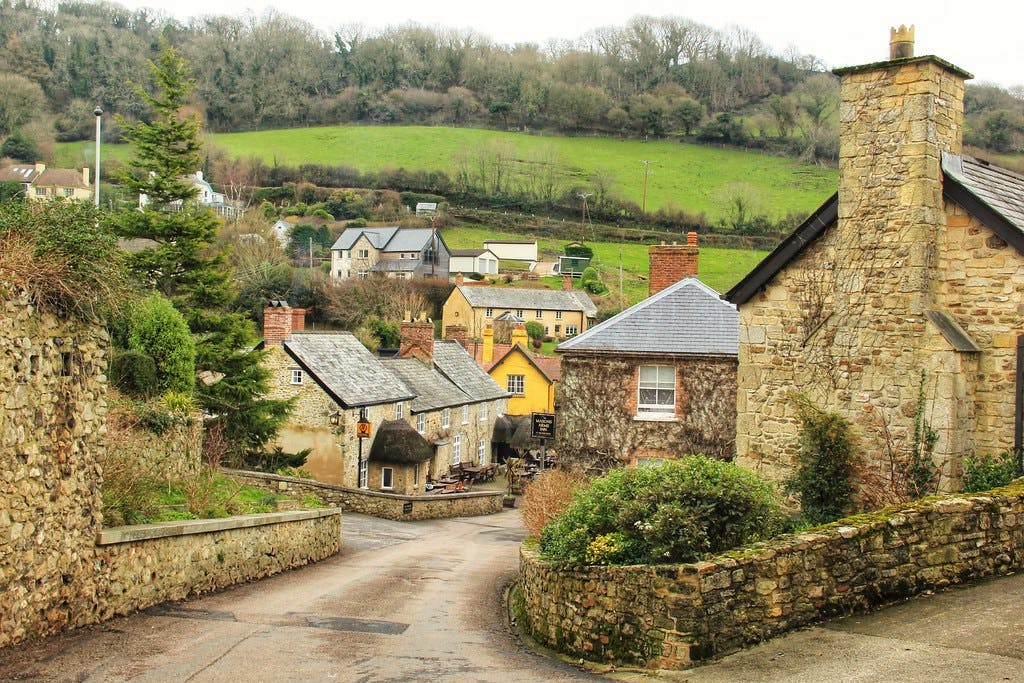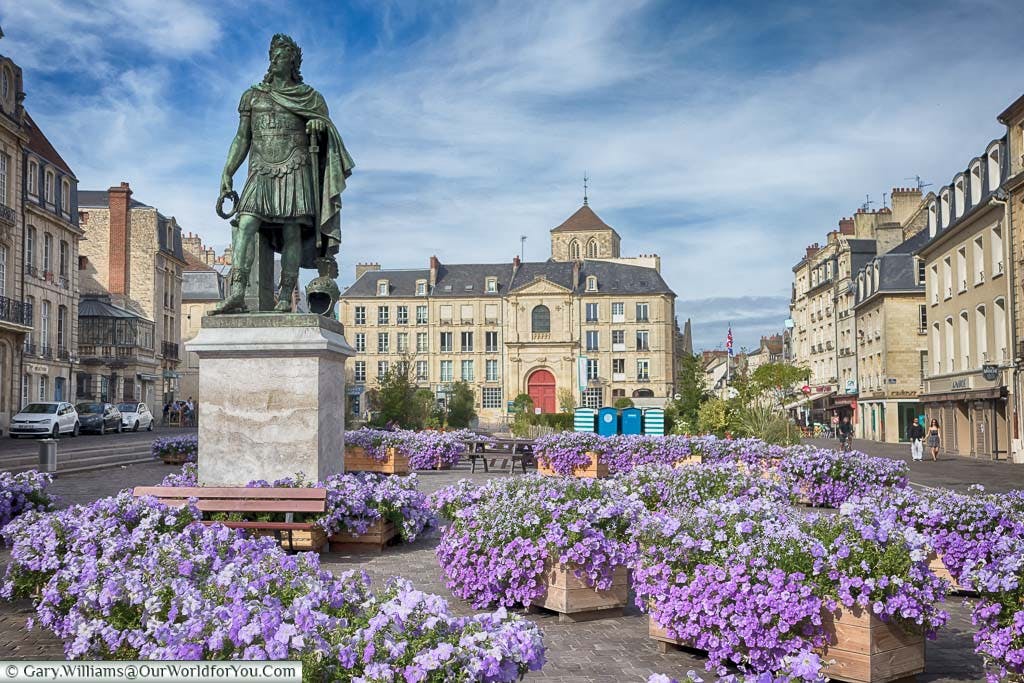Discover Lille, the Flemish-French City with a Rich Heritage
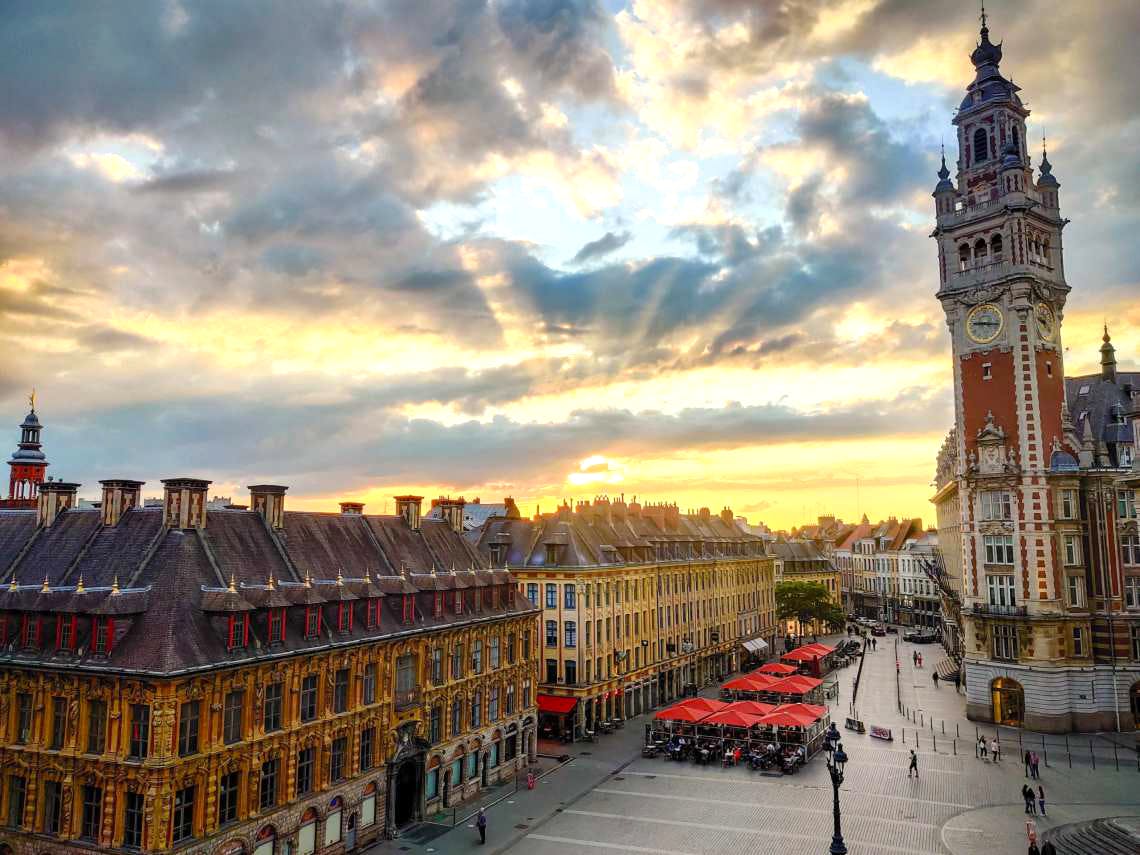
Lille is a city in northern France, near the border with Belgium. It is the capital of the Hauts-de-France region and the prefecture of the Nord department. Lille has a population of about 230,000 people, making it the tenth-largest city in France. Lille is also a cultural and historical center, with a rich heritage of Flemish, French, and industrial influences.
Lille was founded in the 11th century by Baldwin V, Count of Flanders, on an island in the Deûle river. The name Lille comes from the Old Dutch word lile, meaning “island”. Lille became a prosperous trading city in the Middle Ages, thanks to its strategic location on the route between Paris and Bruges. Lille was also a center of learning and art, with the University of Lille founded in 1562 and the Palais des Beaux-Arts built in the 19th century.
Lille was annexed by France in 1667, after being besieged by Louis XIV. Lille remained loyal to France during the French Revolution and the Napoleonic Wars, despite being occupied by foreign armies several times. Lille also played a significant role in the Industrial Revolution, becoming a major textile and coal producer. Lille was heavily damaged during both World Wars, especially by German bombings in 1940 and 1944.
Lille has undergone a major urban renewal since the 1980s, transforming its former industrial areas into modern districts with business, culture, and tourism. Lille is now a vibrant and dynamic city, with a diverse and multicultural population. Lille is also a major transportation hub, connected by high-speed trains to Paris, London, Brussels, and other European cities. Lille hosts many events and festivals throughout the year, such as the Braderie de Lille, the largest flea market in Europe, and Lille 3000, a cultural program that showcases contemporary art and creativity.
Some of the main attractions in Lille are:
The Old Lille, the historic district of the city, where you can admire the Flemish baroque architecture, the Grand Place, the Vieille Bourse, and the Citadel.
The Palais des Beaux-Arts, one of the largest and finest art museums in France, with collections of paintings, sculptures, drawings, and ceramics from the 15th to the 20th centuries.
The Musée La Piscine, a unique museum housed in a former Art Deco swimming pool, featuring works of art and industrial design related to water and bathing.
The Euralille, a modern and futuristic district, with skyscrapers, shopping malls, and the Lille Europe train station.
The Parc Zoologique, a free zoo with more than 70 species of animals, located in the Bois de Boulogne park.
